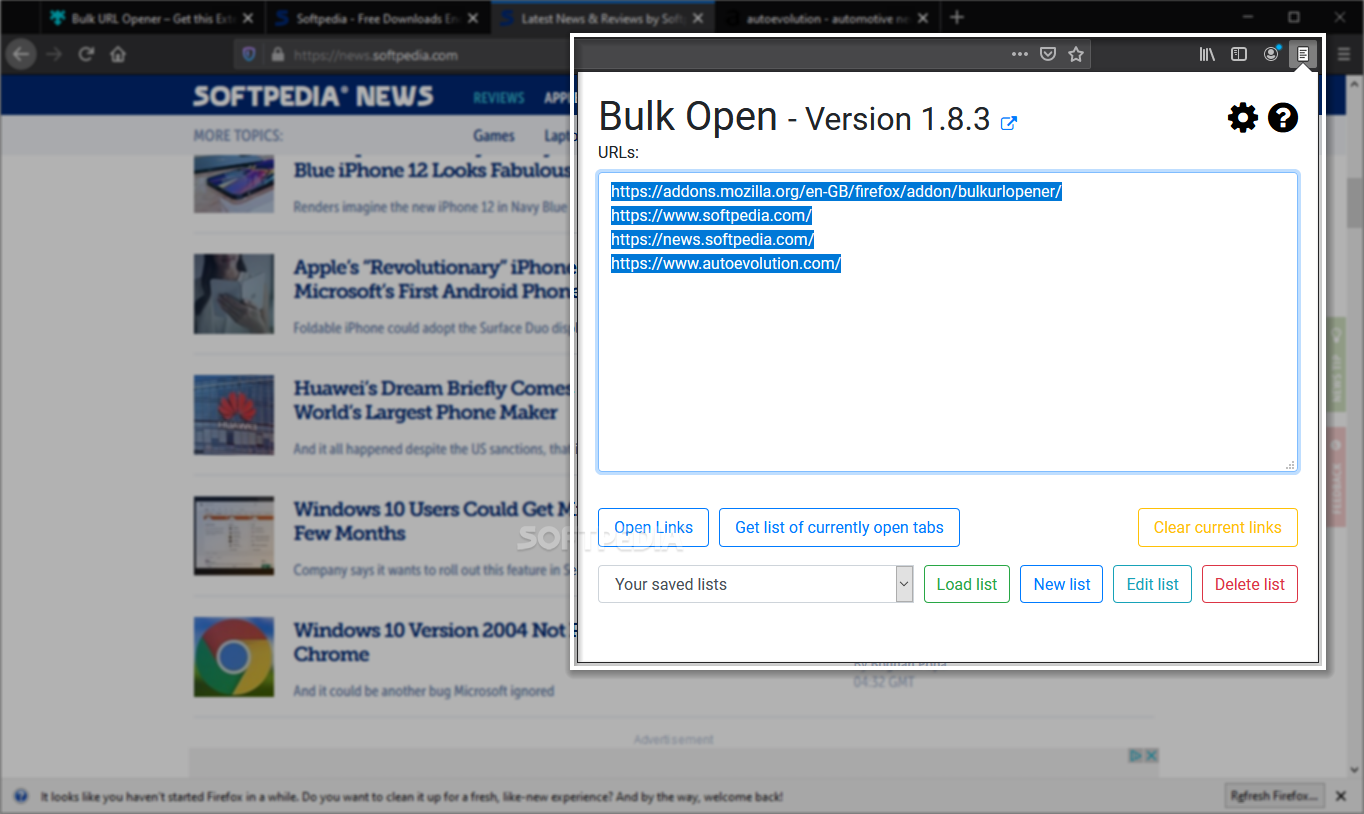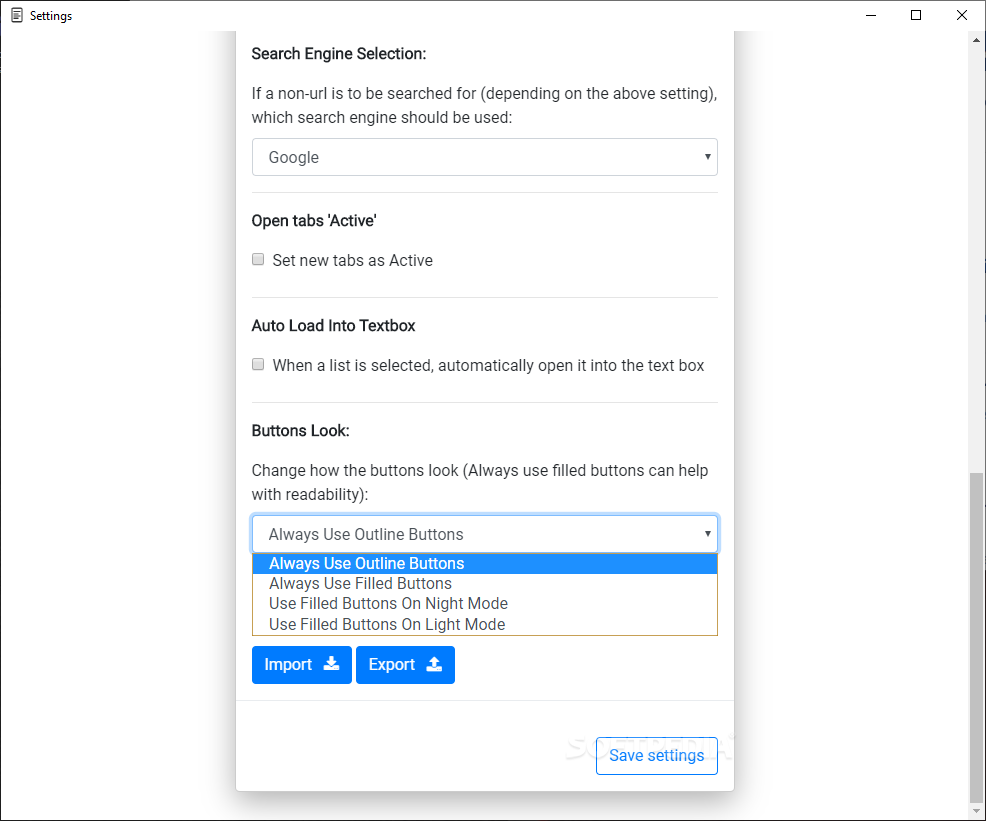

There are not any prerequisites for this program, except for one, the Java Runtime. If unchecked, RipMe will skip the image that is already present RipMe configurations.Overwriting existing files, if the album that has been downloaded before.Option to prefer MP4 over GIF while downloading.Toggling whether to, or not save the logs and URLs.Other than what is mentioned above, some more useful features are: The option ‘ Save descriptions‘ needs to be checked for this. Users can even save the captions or the image descriptions as given on the website. All that needs to be done is to check the box that says ‘ Preserve order.’

The latest uploaded image on the webpage will appear foremost in the directory that has the downloaded files. There is a beneficial option to be able to preserve the order of the images just as they are at the given link. This can be easily changed using the available option of ‘ Select Save Directory.’ Downloaded images configuration options The default location for the downloads is a directory named ‘ rips‘ in the same directory as that of the location of the application file. This can be used by checking ‘ Autorip from the clipboard.’ This option can be accessed using the option “ Download url list.” One more interesting option available is to be able to get URLs directly from the clipboard. Users can add either a single link to an album or provide several links in a text file (separated by new-lines) and use that file as in input. There are several configurations available for downloading the images. Hardware and network configurations Download links and location The timeout duration can also be changed, and also, the number of retries, if there is some error while downloading an image/album, can also be configured. Users can configure the maximum number of download threads. There is also a small status bar, indicating the activity of the program. There is a bar on the top to provide an album link, and simple buttons, saying ‘ Rip,’ which starts the downloading process, and ‘ Stop,’ which halts it. There are four significant tabs for logs, history, queue, and settings.

There is no harm to the functionality, and all the configurations and options are easy to reach. The interface, although quite easy to use and straightforward, is a little cramped.


 0 kommentar(er)
0 kommentar(er)
